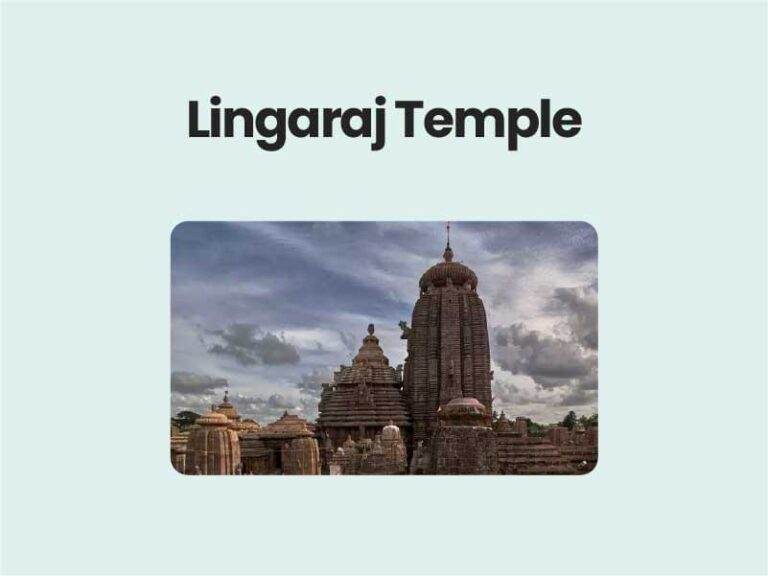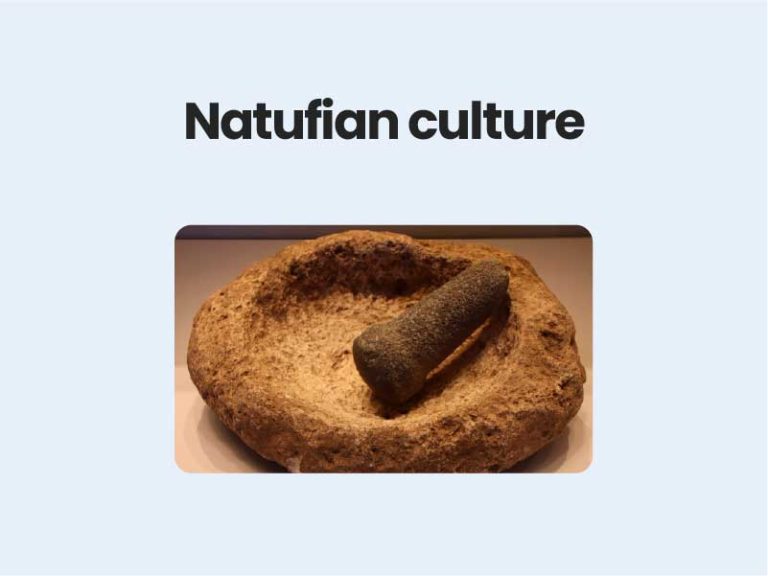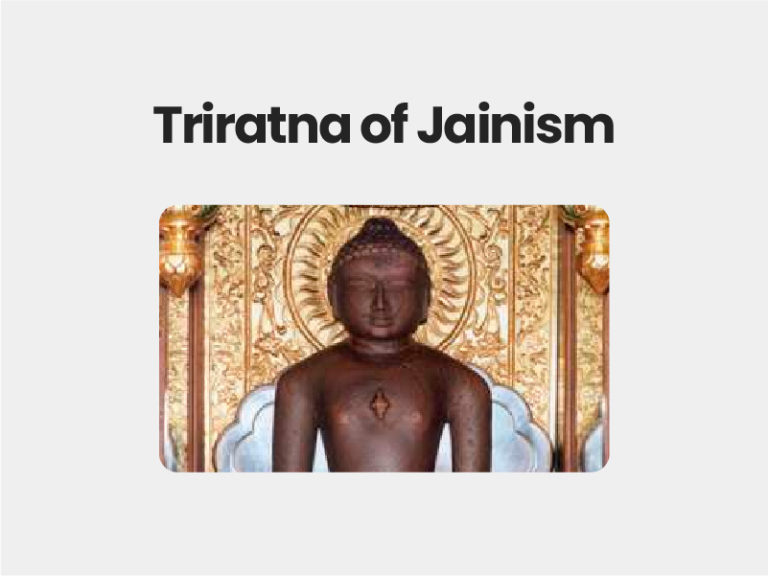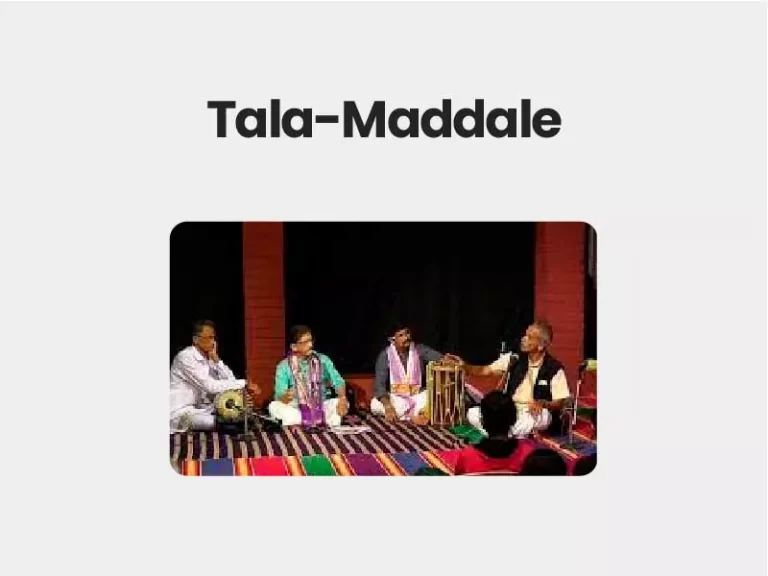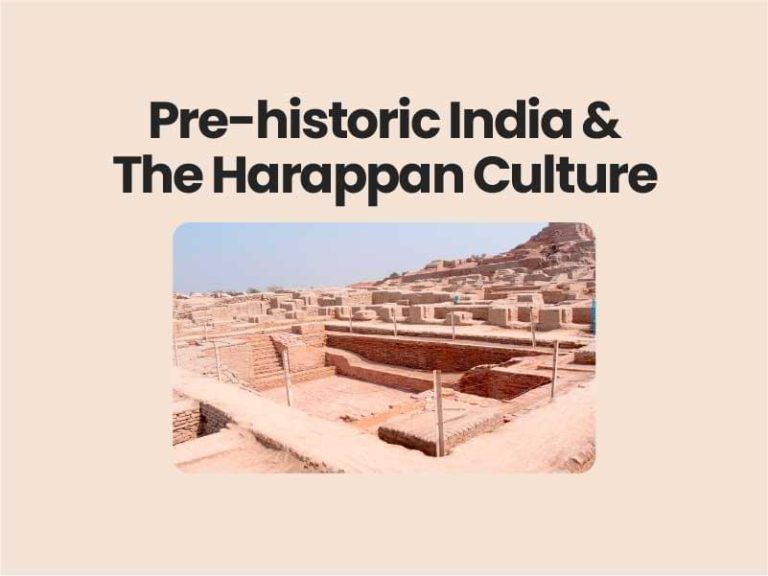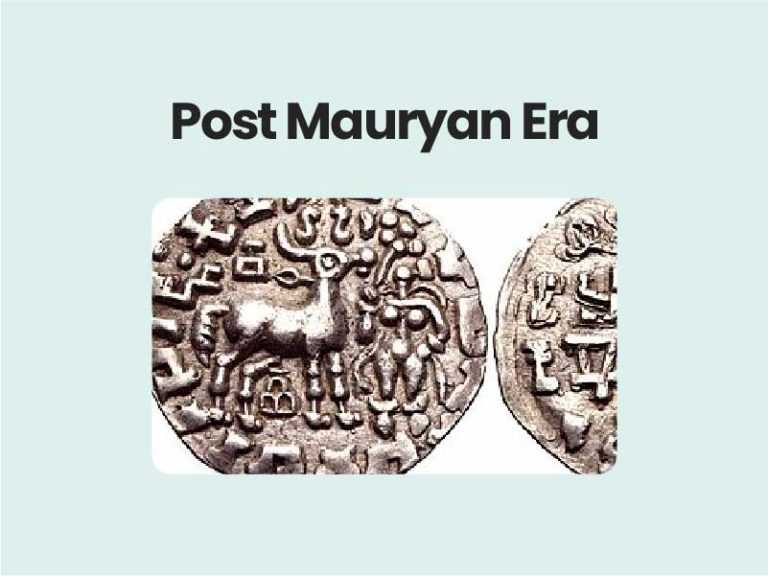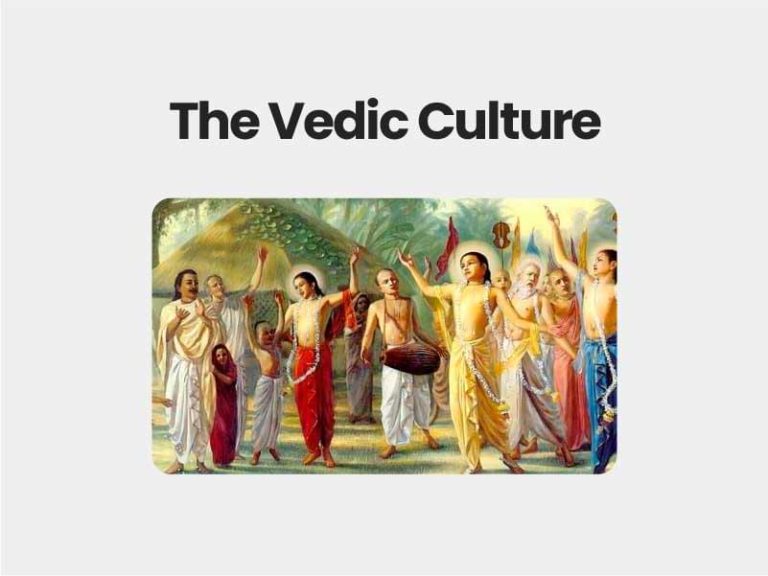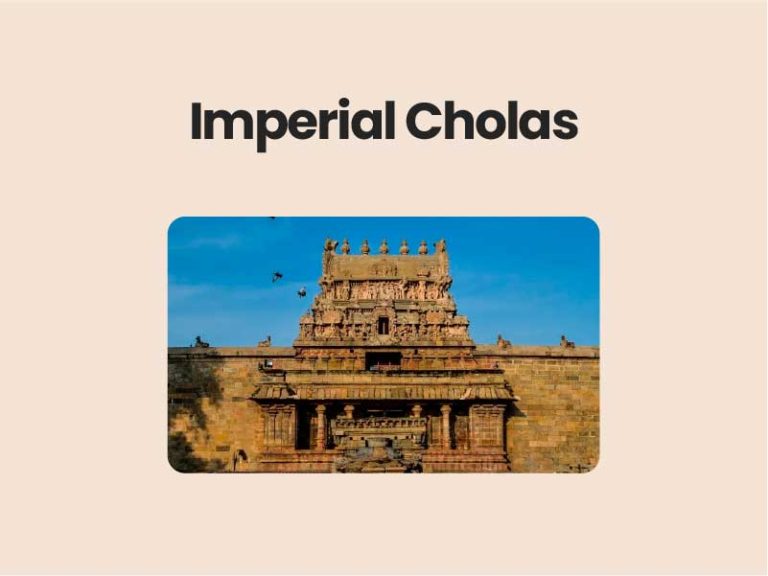Companion@360 → 7 Month programme to sharpen your writing skills → REGISTER NOW
Karakattam Dance
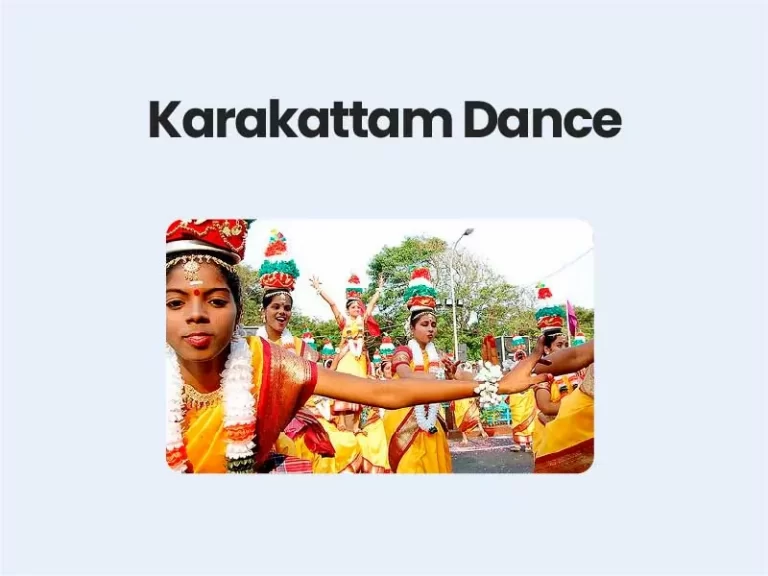
Karakattam Dance Karakattam is a form of folk dance performed at festivals, conferences, roadshows and primarily at Mariamman festivals. It is one of the many creative traditions that owe their existence to Mariamman, the rain goddess. While the dance form…

